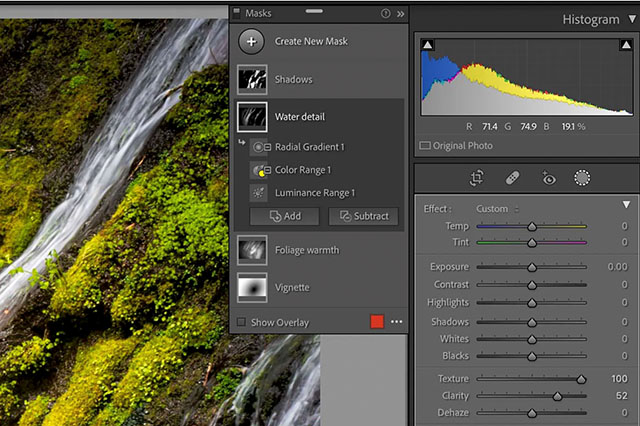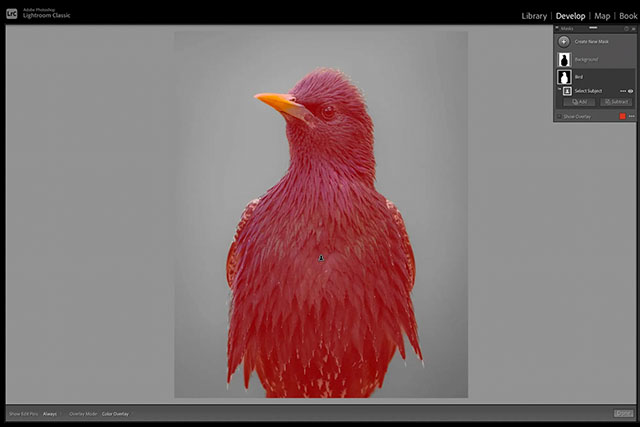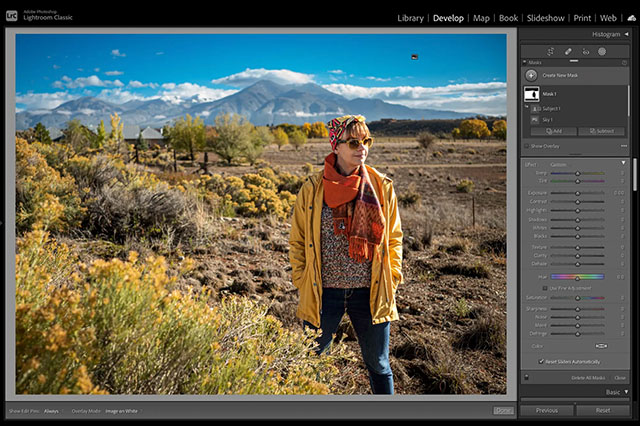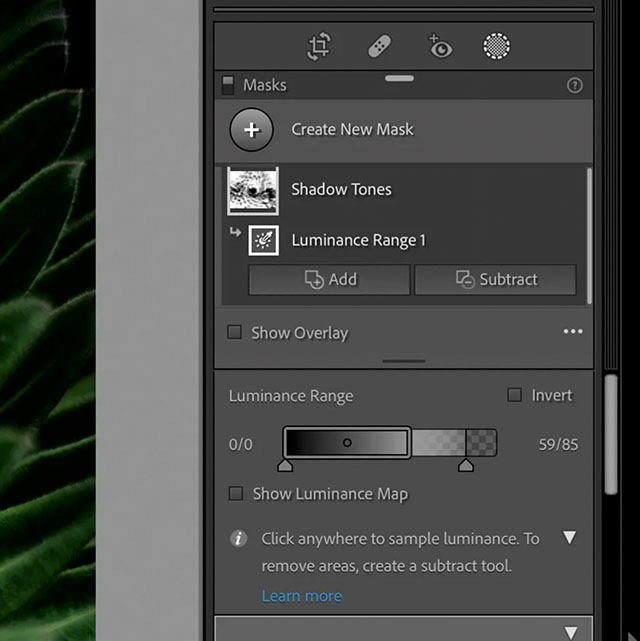Adobe reveals redesigned masking and selective adjustment tools for Camera Raw and Lightroom
posted Tuesday, September 28, 2021 at 2:15 PM EST

The Adobe Camera RAW (ACR) team has announced a 'completely redesigned and reimagined way to mask selective adjustments in Adobe Camera RAW, Lightroom and Lightroom Classic that we now collectively refer to as masking.' The new masking tools will be available in ACR, Lightroom (on desktop and mobile) and Lightroom Classic on October 26.
Josh Bury of Adobe writes, 'Selectively adjusting certain areas of a photo differently than other areas is a technique that's nearly as old as photography itself.' Early versions of Photoshop included dodge and burn tools, plus the ability to make selections, use masks, edit with layers and use layer masks. Lightroom 2 introduced brush, linear gradient and radial gradient tools in 2008. The upcoming change to selective adjustments and masking is the biggest change since then.

The new masking changes required a rework to the core of the masking engine in ACR and Lightroom. Adobe previously added AI-powered selection tools to Photoshop, including Select Subject and Sky Replacement. These tools have proven popular, so Adobe wondered how they could be added to ACR and Lightroom.
As it turns out, the old image processing engine in ACR and LR was incompatible with these AI-based tools. ACR and LR's older masking engine exclusively worked with vector-based masks. This type of masking is more efficient with memory because adjustments are recorded as mathematical expressions. However, AI-based masks require bitmap, or image-based, support. 'In essence, the new AI-based masks create a grayscale image, where lighter values represent varying levels of selection and pure black represents no selection being made to that area. A rather common example of these grayscale bitmap-based masks can be found in Photoshop's layer masks.'
The core codebase needed to be reworked to make the masking engine in ACR and LR work with bitmap masks. This work, along with direct discussions with tens of thousands of Adobe users over the last year and a half, has resulted in a new masking engine, a redesigned user experience and improved features. The new masking engine in ACR and LR can now work with vector-based and bitmap masks in harmony.

When making changes to how masking works at a fundamental level in ACR and LR, the team also revisited how users access and work with different masking tools on desktop and mobile. 'Over the course of a year and a half, the Design Research team brought together user experience designers, engineers, and a wide range of customers to build and test prototypes that drove the process of creating the new masking experience,' writes Bury. The team identified four key areas to address with new masking features: More control and flexibility, improved workflow and organization of selections, consistency across all devices, and better in-app support.
Control and flexibility are critical. After all, masks are used to create precise selections, so users need to maintain high control over masks. Adobe created mask groups, which allow users to combine any mask tool with any other mask tool. You can mix and match tools, including the brush, gradient, luminance, color range and AI-powered tools. You can also subtract any mask from other masks and invert any mask. For example, consider the image below. You can use Sky Replacement to select the sky and Select Subject to select the person in the shot. You can then invert both selections, allowing you to edit the foreground and background in the image without adjusting the sky or person. The options are essentially limitless in how you can combine different masks and tools. Further, based on customer feedback, range masks can now be used globally rather than exclusively within a gradient.

With all the masking tools, it can become overwhelming to keep track of what's going on. To address this, Adobe has created a new masking panel to help organize your workspace. On desktop, you can place the masking panel anywhere, dock it or minimize it. You can now name each mask, too, making it simple to keep track of your different masks. Further, new visualizations are added from Photoshop, including a default color overlay, color overlay on black and white, image on black, image on white and more.
Many users work on the same image across multiple devices, including mobile devices. The new masking engine works 'equally as well' on desktop and mobile. Range masks, including color range masks, which were previously unavailable on mobile, have been added. You can also modify and refine masks across ACR, Lightroom on desktop and mobile and Lightroom Classic.

To ensure that users will be able to understand all the different masking tools available to them within Adobe Camera Raw and Lightroom apps, new in-app help and support tools have been added. In Lightroom, there's a new interactive tutorial that walks the user through all the masking tools step-by-step.
The new updates will be available to all users on October 26. Stay tuned to Imaging Resource for more as we approach Adobe MAX, which will take place online from October 26-28.